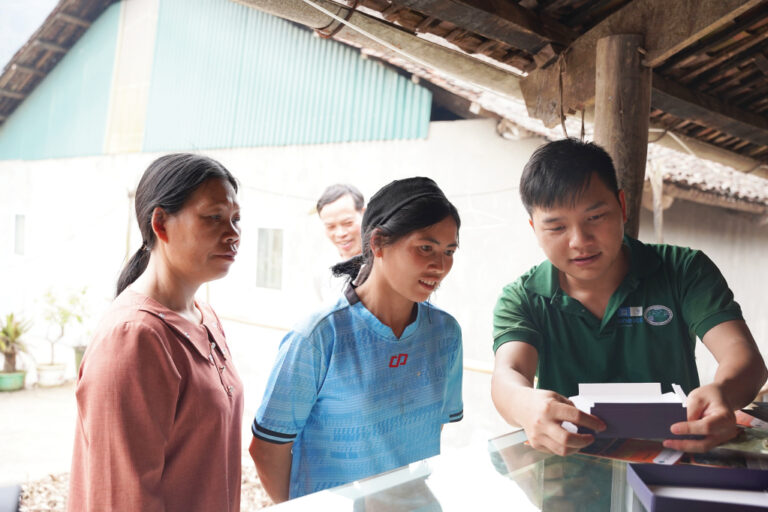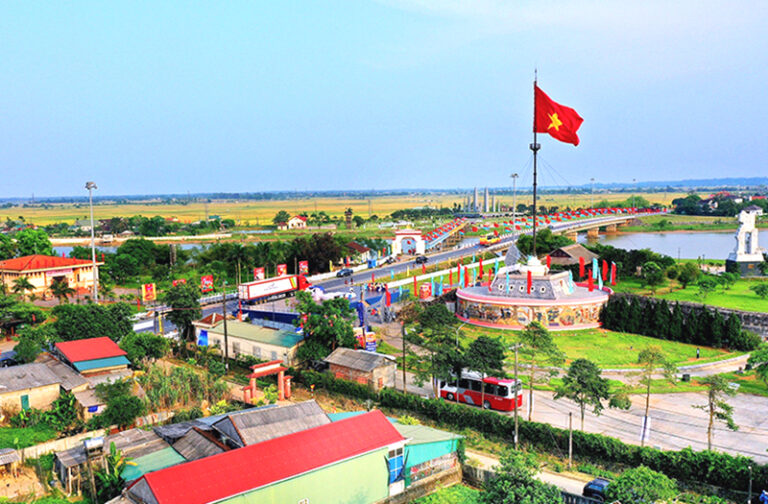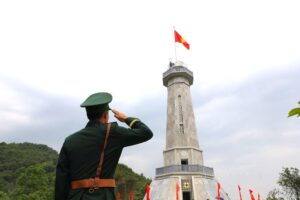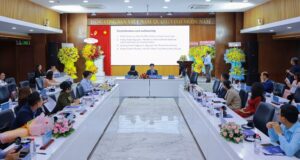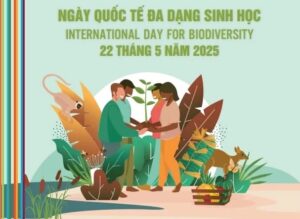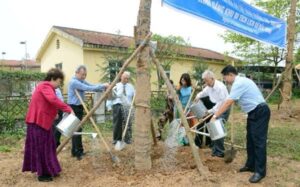Vietnam has plentiful natural resources, longstanding cultural heritages, picturesque landscapes and a variety of crafts but these resources are not yet fully and efficiently used for the country's socioeconomic development.
To improve livelihood and reach appropriate environmental management, local communities and authorities need to further renovate their ways to approach and learn about their cultural values, promote economic development through stimulating craft villages, and develop tourism using local communities' resources.
Matsunaga Masaei, the deputy chief representative of the Japan International Cooperation Agency (JICA) Office in Vietnam, said that Vietnam is a country in which beauties of landscapes, cultural heritages and human lives have been preserved, and that Vietnam is a potential tourist destination for Japanese. Japan is known for its success in controlling the gap between urban and suburban areas, and tourism is one of important things that help Japan do this well, he said. In an area that lags behind another region in terms of economic development, residents and local authorities together evaluate their traditional cultures, production and street images as tourism resources and work hard together to improve those values; this helps attract tourists to the area and therefore creates opportunities for the area to enrich itself, said the deputy chief representative. Bringing into play the area's own values, such as its traditional cultures, to serve tourism would make locals to love their homeland and each other more, he said.
Associate professor, Dr. Pham Trung Luong from the Institute for Tourism Development Research, said that development of community-based tourism, in which traditional values and local communities' role are fully brought into play, is one of important solutions to develop tourism on a sustainable basis. Community-based tourism development models in Sa Pa in Lao Cai Province and in Hoi An in Quang Nam Province are strong evidences of Vietnam's success in preserving traditional cultural heritages and poverty reduction through tourism development, he said. In the ancient town of Hoi An in Quang Nam Province, apart from state funding, 55 percent of all funding earned from excursion ticket sales is used for repairing and maintaining ancient relic sites including ancient houses and buildings, he said. There are ancient houses that accessed a financial assistance worth VND300 million each, Luong added.
Under the plan, Vietnam will increase the research and exploitation of rural cultural values to develop attractive and competitive tourist offerings highly featured with traditional cultural values to lure more visitors, especially foreign visitors.
At seminar 'Bringing into play community cultural and natural resource values for tourism development in Vietnam' recently sponsored by the Vietnam National Administration of Tourism and JICA, JICA and the Cultural Heritage Department of the Ministry of Culture, Sports and Tourism kicked off project 'Bringing into play the community's role in sustainable development in Vietnam through heritage-based tourism'. Matsunaga Masaei, the deputy chief representative of JICA Office in Vietnam, said that fast economic growth will probably make craft villages disappear unless a related appropriate management model takes place. The 'Bringing into play the community's role in sustainable development in Vietnam through heritage-based tourism' project is aimed at constructing an appropriate management model for community tourism development, he added. The project will establish a management system to keep pace with changes and timely find solutions to difficulties and depression of the tourism environment, he said. The project will be carried out from now to 2014 in the Duong Lam ancient village in Hanoi, Phuoc Tich village in Thua Thien Hue Province and Dong Hoa Hiep village in Tien Giang Province.


